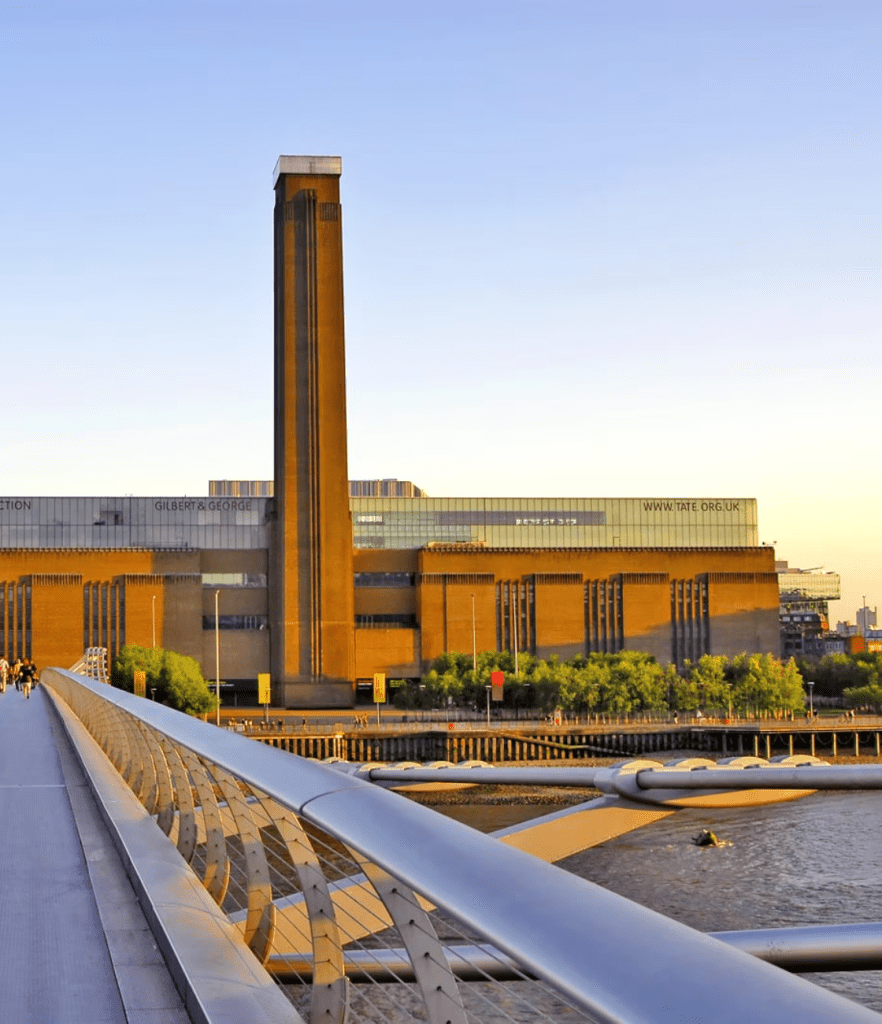

As an internationally renowned institution at the heart of the arts sector, Tate operates four sites across the UK, conserving the national art collection and engaging with audiences nationally.
In light of the financial pressures of the Covid-19 pandemic, the cost-of-living crisis and changing audience expectations, Tate needed to reduce costs and improve operational efficiency by prioritising their effort on mission-critical activity. They had already undertaken some initial work to identify strategic investment areas and needed to integrate this into a more streamlined business model with a stronger commercial mindset.
As such, Tate engaged Q5 to undertake a diagnostic review of their business model, operational processes and ways of working to identify opportunities for efficiency and align capability to activities that align to the Tate’s public commitments and organisational goals.
The Q5 team worked collaboratively with the Director and executive leadership team to:
